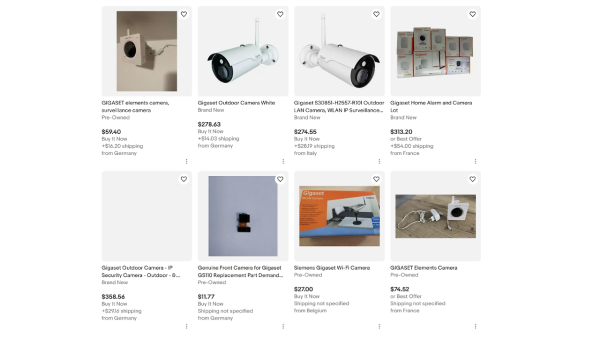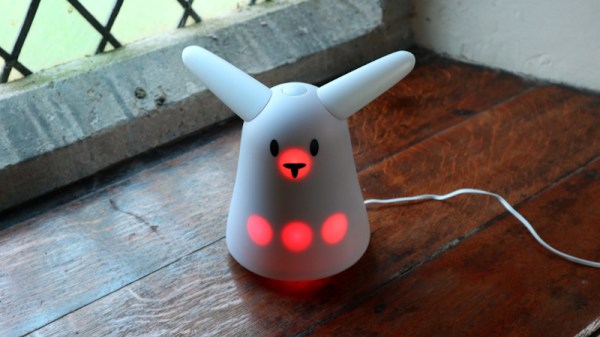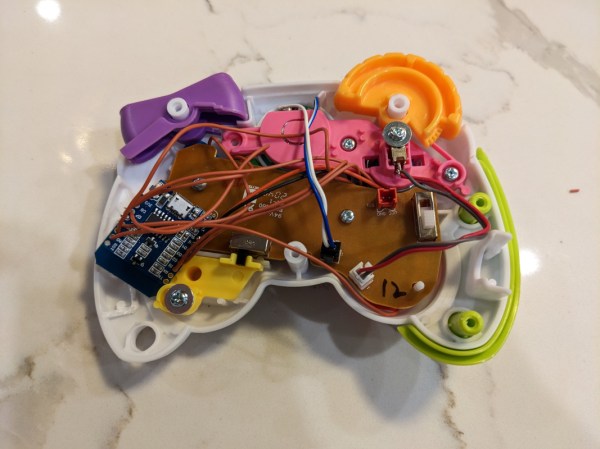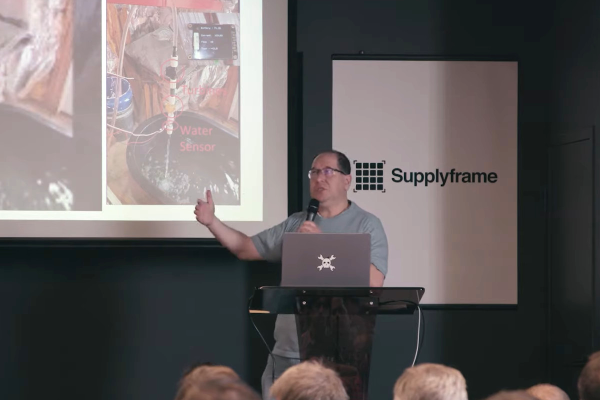[Dylan] has a fancy bed that can be set to any temperature. Apparently this set him back about $2,000, it only works if it has Internet, and the bed wants $19 a month for anything beyond basic features. Unsurprisingly, [Dylan] decided to try to hack the mattress firmware and share what he learned with us.
Oddly enough, it was easy to just ask the update URL for the firmware and download it. Inside, it turned out there was a mechanism for “eng@eightsleep.com” to remotely SSH into any bed and — well — do just about anything. You may wonder why anyone wants to gain control of your bed. But if you are on the network, this could be a perfect place to launch an attack on the network and beyond.
Of course, they can also figure out when you sleep, if you sleep alone or not, and, of course, when no one is in the bed. But if those things bother you, maybe don’t get an Internet-connected bed.
Oddly enough, the last time we saw a bed hack, it was from [Dillan], not [Dylan]. Just because you don’t want Big Sleep to know when you are in bed doesn’t mean it isn’t useful for your private purposes.


















